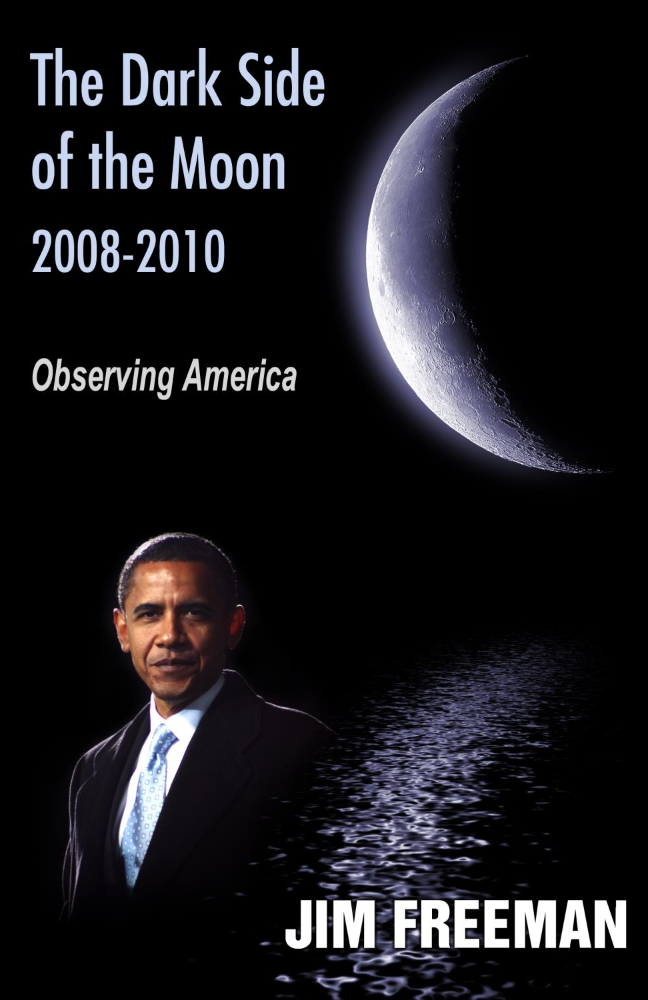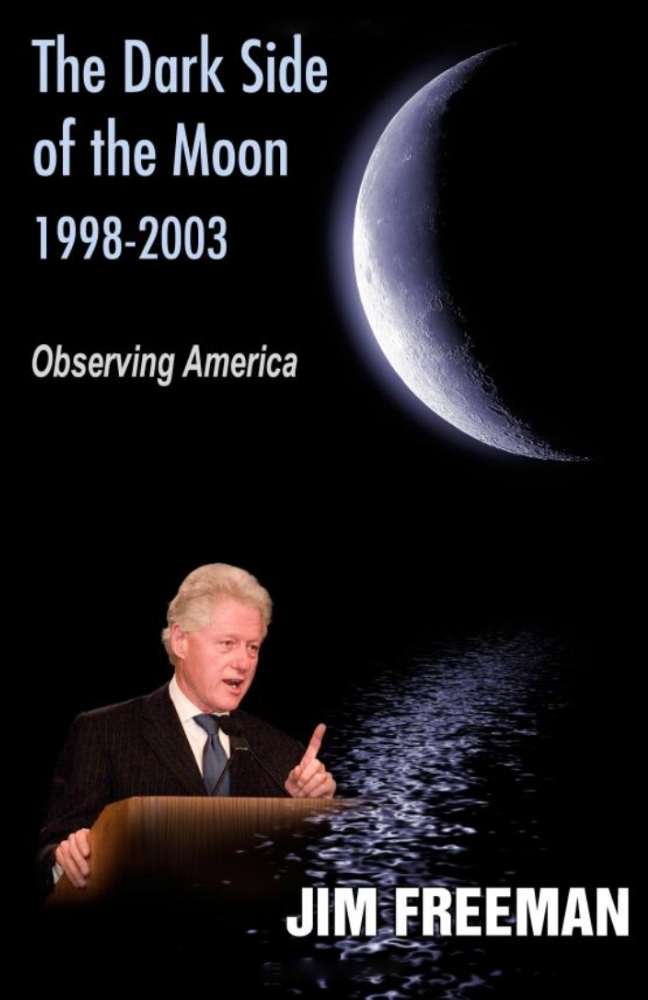That’s today’s lead question in the head office, and a lot depends on whether you’re a long-game or short-game company.
I define short-gamers as those companies that are set up to be sold off for a quick profit. Nothing wrong with that, but it means squeezing employees, perks and anything that affects the bottom line.
Employee turnover is a built-in circumstance.
Long-game companies are those that expect (and plan) to be around for generations, either as family enterprises or steady contributors to a dependable segment of the economy. Briefly defined, they aim to be ‘the best and most profitable place to build a career.’
Hiring and holding the best talent is job description number one.
Mc Kenzie and Bain Capital are oriented towards drive the results
Which is not to denigrate their purpose, they both run a top-notch abattoir. If you’re unfamiliar with the term, an abattoir is a building where animals are butchered. And the word is not misapplied, a cow is worth far more in pieces and so is a business. I wrote a book titled “Chop-Shop, the Deconstruction of America” that makes exactly that point on what the U.S. has done to itself over the past half-century.
But in business, a concentration on driving the results is most often tied to selling for the best quick dollar, realizing the market has changed or understanding the cow is just getting older, not better. In other words, it’s time to bail out.
Typically, companies like McKenzie and Bain will let every non-essential employee go, walk away from the pension fund, close all unprofitable divisions, sell off whatever real estate can be sold and get rid of inventory. The company immediately becomes highly profitable, the stock soars, a buyer is found and everyone with equity counts their money on the way to the bank. The purchaser believes his management can fill the gaps, but the truth is there is much work to be done breathing life into a cow that is well past its sell-by date.
Pushing the empathy button
If it were only as easy as that.
But the fact is that bringing a culture that values the employee is far more lasting and profitable. The key word is ‘lasting.’ This goal is for the long-gamers, the family or major stockholders who are looking for equity growth to hand down to their heirs.
Yet, if empathy is a bit too new-age for you to consider, the business world has been shaken, first by the arrival of the Covid epidemic and perhaps more lastingly affected by remote employees and the slower moving trend toward a four day workweek. It’s not going away. The office and retail rental industries are shrinking dramatically worldwide and new uses must be found for trillions of square footages.
Which is okay. We need greener cities, more residential space and way less time spent commuting.
But one prescription never fits all
True enough, but there are bits and pieces that apply, no matter your long-term goals and, pleasantly enough, each of them contribute to additional bucks in you or your investor’s pockets.
Let’s take the dreaded Monday morning staff meetings as an example. Be it sales, marketing, contract deliveries, accounts payable and receivable, or whatever you can conjure up, they are disastrous wastes of time and absolute killers of incentive, the very thing they are meant to enhance.
How so? Essentially, they are shaming sessions, a weekly musical-chairs of who has fallen short. No matter the circumstances, managers are there to crack the whip and all but one or two attendees begin their week whipped.
But what’s the alternative?
It’s not an immediate solution but consider a structure without managers. I’ve written on that before and, if that sounds too impractical, consider what managers do. The answer is, very little that contributes to the bottom line. They are among your highest paid employees and least effective cheerleaders.
Suppose you had ‘team leaders’ instead, selected for their particular talents within the team and their ability (and willingness) to put their hand on Joe’s shoulder and ask “what can I do to make your work easier? What do you need to make sure you have some free time to think?” These replacements for managers are already working within the project. They are invested in the results, rather than simply pushing the results to impress their boss. Less fear, more productive work, way less costs. What’s not to like?
On the other side of the coin
Jack Welch, ex-CEO of General Electric, most famous and highest paid business consultant, had managers at GE fire 10% of their employees every year. It juiced earnings in the short run, destroyed trust and nearly destroyed an iconic American company. But Neutron Jack (so called because he terminated tens of thousands of employees, but left the buildings standing) was a slash-and-burn CEO in the style of McKenzie-Bain. Long after he’d retired from GE, he admitted that the 10% rule was the dumbest idea he’d ever had.
Let’s briefly discuss employee benefits. Getting managers off their asses to contribute as team leaders, opens up room for improved perks: company cars for those who need them, in-house child-care facilities, sabbaticals for job-related education, profit sharing instead of bonuses and time away for family emergencies are all possibilities.
The goal is to “become the company where everyone hopes to work”
It’s doable, but not an overnight job. And like all great ideas, the process begins by signing on at the CEO or owner level.
Managers need not apply.













